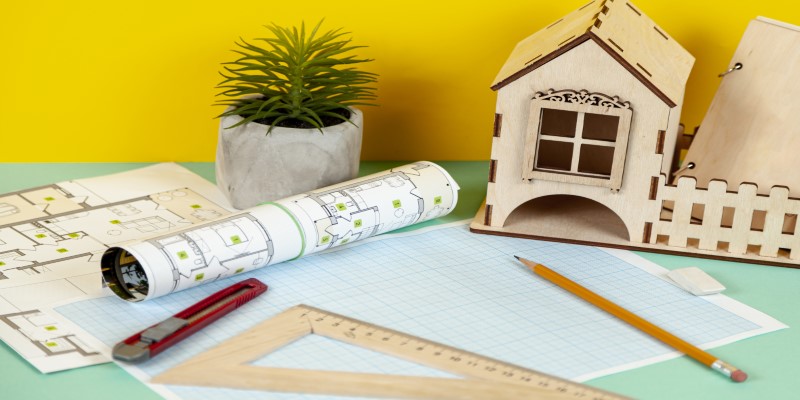There are different kinds of property that you can find. People often get confused between real property and personal property. The main difference between real and personal property is doing a simple test of whether you can move it.
If the property can move, then this comes in personal property, whereas the real property cannot. This means that real property is any permanent structure on a land or a land itself. The personal property is both tangible and intangible goods. If you want to learn more about this, we have you covered. So, let's jump right into this article.
What is Real Property?
Real property is land or the things that are made on the land. When you purchase land, it becomes a part of your real estate. The things used to make the real property, such as wood, metal, and other stuff used for building, also become a part of real property.
Vegetation on your land can also be a part of the real property. However, it is essential to understand that if the vegetation is routine cultivation, it is not a part of the real property.
The ownership of the real estate has the rights, interest, and even the benefits of inheritance. There are other rights that the person owning the real property can have, such as the right to enjoyment, possession, disposition, and a few others.
We can also divide the real property into two different categories. Below are the two categories with their examples.
Permanent Structures: buildings, in-ground swimming pools, fences, parking facilities, transmission lines, and other similar things.
Structural components: water heater, furnace, security system, door, and other things.
What is Personal Property?

Personal property is your goods, and this can also be further broken into two categories: chattels and intangibles. Chattels are all types of property, which means all the tangible property, for example, purses and clothing. Chattels can also be a part of your real property, such as the fixtures around the house.
Intangibles are property that cannot be seen or touched. Different things are considered personal, intangible property such as bank accounts, franchises, licenses, intellectual property, insurance policies, investments, bonds, and other such things. The purpose of this property is to keep account of all the legal rights on the properties and the things that can come under the inheritance.
Below, we have mentioned some common examples of both tangible and intangible personal property.
Tangible personal property: antiques, silver, vehicles, artwork, machinery, equipment, furniture, collectibles.
Intangible personal property: patents, stocks, value of business, copyrights, etc.
Significant Difference between Real Property and Personal Property:

The question comes: what is the main difference between these two properties? Anything you can move regarding the ownership can come under the personal property. However, the real property cannot be moved, and anything attached to the land can also not be moved.
An example that can make it more straightforward for you is if you want to build a shed for your backyard. The material you purchase to build the shed, such as wood, metal, and different things, will be considered personal property. However, once you make the shed on your land and it becomes a part of your backyard, it will be converted into real property.
You must classify your property as personal and real property. The first and foremost reason why you need to know is when the creditor wants to take possession of the equipment and the properties. It is essential that you understand the things that are attached to your tangible property and if someone tries to remove it. This also concerns when you have the property tax.
Previously, the US taxed all tangible property; thus, knowing what is your personal property can help you figure out the things you need to pay tax on. Other than this, knowing the types of properties and if they come under the tax will help you understand how much you have to pay and can even help you reduce the burden of the taxes.
How to Classify Your Property?
If you have a financial advisor, knowing if the property is personal or genuine can be pretty straightforward. However, if you don't have a professional, then there can be gray areas that you need to understand before figuring out the difference between real and personal property.
Fixture is the most confusing thing that you need to understand. A picture is an article that is first categorized as personal property, but when it becomes a part of your property, then it becomes a part of the real property.
This is a three-part test for figuring out whether a picture is a real property of personal or real property.
Occupation or Attachment:
The first thing that is seen when evaluating the fixture is how the property is attached. If the fixture can easily be removed and I does not cause any damage to the property.
Adaptation:
The jurisdiction also evaluates how the fixture is related to the real property.
Intent:
The evaluations also calculate the intent of the fixture. How it is being used and if it changes the use of the real property.
All of these things are important to evaluate before you list all the things that come under real and personal property.
Final Words:
Understanding the concept of personal and real property is very important. You can get various benefits if you know the difference between the two property and the main benefit you can get here in the reduction in tax. It is crucial that you have knowledge about these things so that you can evaluate everything. You can even seek professional help from a financial advisor to help you figure out the different kinds of properties you have.




